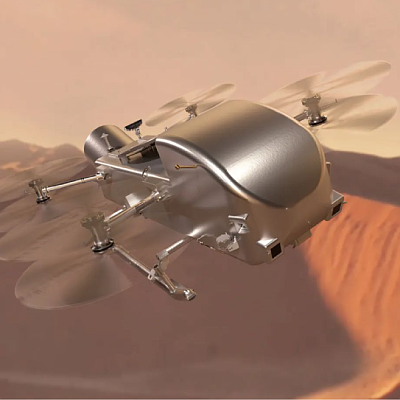A somewhat typical volcanic vent on Mars

With today’s cool image we begin with the overview map to the right. The white dot marks the location, within the region on Mars dubbed the Tharsis Bulge, where four of its biggest volcanoes are located on a surface that has been pushed significantly above the red planet’s mean “sea level.”
The small rectangle in the inset shows the area covered by the cool image below. The focus is on a two-mile-long and half-mile-wide depression that sits on a relatively flat landscape of few craters.
If you look at the inset closely, you will notice this depression is surrounded by a dark borderline on all four sides, ranging in distance from three to thirteen miles. The grade to that borderline is downhill in all directions, with the drop ranging roughly from 800 to 1,000 feet.
So what are we looking at? » Read more

With today’s cool image we begin with the overview map to the right. The white dot marks the location, within the region on Mars dubbed the Tharsis Bulge, where four of its biggest volcanoes are located on a surface that has been pushed significantly above the red planet’s mean “sea level.”
The small rectangle in the inset shows the area covered by the cool image below. The focus is on a two-mile-long and half-mile-wide depression that sits on a relatively flat landscape of few craters.
If you look at the inset closely, you will notice this depression is surrounded by a dark borderline on all four sides, ranging in distance from three to thirteen miles. The grade to that borderline is downhill in all directions, with the drop ranging roughly from 800 to 1,000 feet.
So what are we looking at? » Read more














